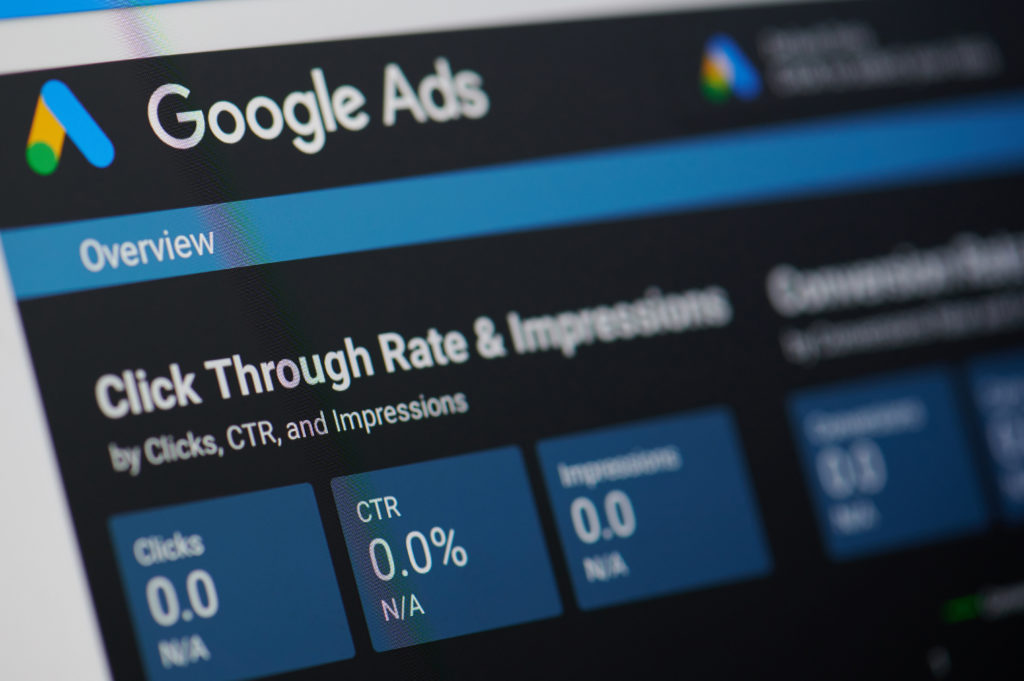Understand & Optimize Your Customers’ Journey to Conversion

Google’s new data attribution model is a piece of the puzzle
When Google Ads announced that data-driven attribution (DDA) would become the default attribution model for all new Google Ads conversion actions — and that many existing conversion actions would also be migrated to DDA, advertisers took notice.
What would DDA mean? How big a change would it be from the previous models? Would it be the secret sauce that would lay bare a customer’s journey to finally deciding to convert?
The short answer is although DDA has not been a sea change in the way that advertisers can track the success of their Google Ads, it has helped shed more light on how and when a customer takes the digital leap.
Google Ads Attribution, Pre-DDA
To understand how Google Attribution is now different, it is helpful to understand how credit was distributed up until this point.
An attribution model is how Google gives credit to items that drive Key performance indicators (KPIs) on your website. For instance, what keywords did someone search for to see the ad that brought them to you? The attribution, or credit, is important because you paid money for those ads and understandably want to know how they performed.
Initially, there were five attribution models:
1. LAST CLICK: Credits 100 percent of a conversion to the last-clicked ad and corresponding keyword
2. FIRST CLICK: Credits 100 percent of a conversion to the first-clicked ad and corresponding keyword
3. LINEAR: Gives equal credit for each step, or ad interactions in the process. If there were 20 steps, each step would get the same credit
4. TIME-DECAY: Gives more credit to ad interactions that happened closer in time to the conversion
5. POSITION BASED: Gives 40 percent of credit to both the first and last ad interactions and corresponding keywords, with the remaining 20 percent distributed across the other ad interactions
For many years, Last Click has been the default, although advertisers had the freedom to choose any of the five for any given campaign. But the large majority remained with Last Click.
DDA Fills In More Of The Blanks
The last ad that brings a customer to your website is likely not the only one of yours they viewed. Some of the previous Google attribution models tried to spread the credit out, but DDA takes the notion even further by using data from a customer’s behavior over all their platforms to pinpoint which keywords, ads, and campaigns have led to that last click.
Customer interactions across Google Search, Google Display Network, Discover Network, Shopping pages, YouTube and Gmail all figure into this new way of giving credit.
Why Data-Drive Attribution Matters
Google is a dominant search venue. We don’t say ‘Go Google it’ for nothing. So it is a necessary piece in most any company’s search campaign. That’s why so many advertisers have been watching closely to see if the DDA attribution model was going to necessitate a change in the way they do business.
The answer is (mostly) no.
“The data is suggesting that there are some variances,” said Craig Group Vice-President Tricia Eaton. “Partial conversion confuses some people because you don’t half buy something. In comparison to the First Click or Last Click model, which only gives one keyword credit, this new attribution model gives us more detail as to how each user got to the conversion
point. We can see all keywords that played a role in their search history before converting.”
Google might look at two different keywords and give 25 percent of a credit to one word and 75 percent of the credit to the other word.
“DDA just gives us a little more insight into the customer journey and what it took to get the customer there,” Eaton said. “It might be a lengthy process.”
Pros And Cons
There are companies that will do full attribution for clients if they are willing to pay a hefty price for it. The DDA attribution model isn’t a total breakdown but it does give advertisers one more layer of data. That data can help to refine keywords for more specific results. Or determine how resources should be reallocated.
The limitation is that DDA measures across Google properties only, so it’s not going to take into account what a potential customer did, or saw on Facebook or Instagram along the way. There will be gaps so DDA should not be taken as a complete indication of a customer’s journey.
However, any additional pieces to the puzzle can only be a good thing. DDA as a default simply provides more of them.
MEDIA CONTACT:
Tricia Eaton tricia@craigmarketinggroup.com